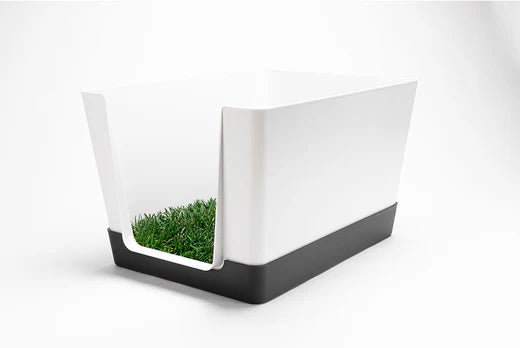Puppy Winter Survival Guide

How to Take Care of your Puppy In the Winter
Even though there is nothing puppies love more than rolling in a fresh patch of snow, navigating those chilly winter months with a new furry friend can be an adjustment. Here are some simple ways to keep your puppy comfortable in the winter.
Can you take your puppy outside in the winter?
For most dogs, outdoor temperatures can be comfortable for them up until 45°F (7°C), but below that, they can feel the chill as the temperature drops. For smaller breeds or dogs with thinner hair, a puppy winter coat might be a good option to regulate their temperate during the winter months. And wait until your puppy is at least 3.5 months old before taking your dog outside in the winter so it will be strong enough for the winter temperatures.
No matter the breed, once it drops to 20°F (-6°F), you’ll want to limit the amount of time that your dog is outdoors because extreme cold weather can have adverse effects on your pup. By having a Doggy Bathroom inside your home, you can potty train your puppy, even on the coldest winter days, and save the outdoor time for walks and giving it the exercise it needs.
How to make your puppy more comfortable in the winter
Find a spot in your home during the winter months for your dog to lay. Pet bedding and blankets come in various sizes and materials, but this will help the dog avoid prolonged contact on cool tile floors that could make dogs ill. Place their bedding area in the same area they are used to, preferably in a warm sunny spot, that they can enjoy.
Remember to also replenish your dog’s water bowl regularly in the winter. The water can get chilly quickly, and you’ll want to fill it up with room temperature water regularly, so it’s comfortable for them to drink.
Find ways to entertain your puppy during the winter
You’ll also want to stock up on toys for your puppy to survive the winter indoors. A range of toys will not only keep them entertained but can help keep them active inside your home. Have a range on hand that promotes teething, stimulates their brain, and keeps them engaged.


